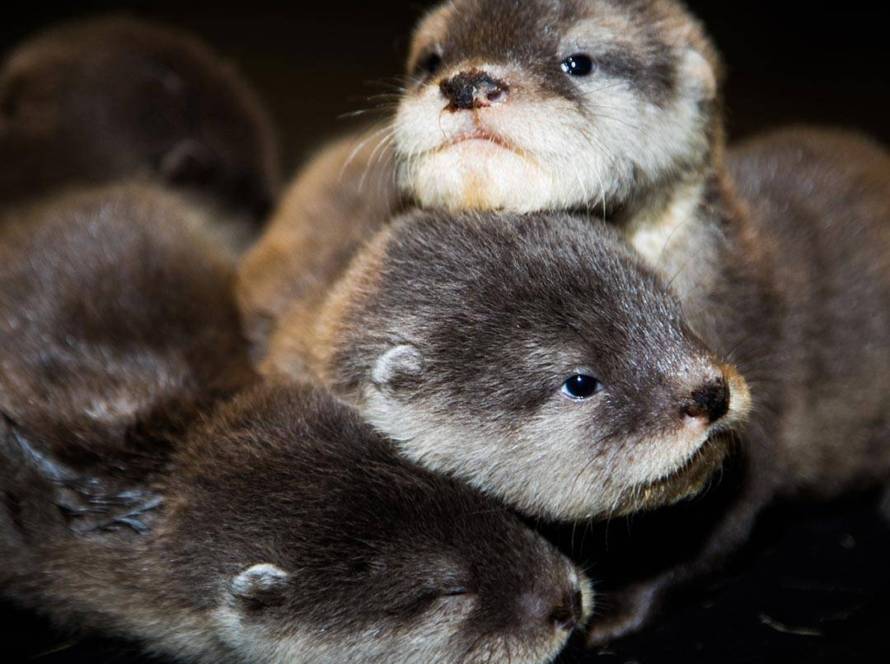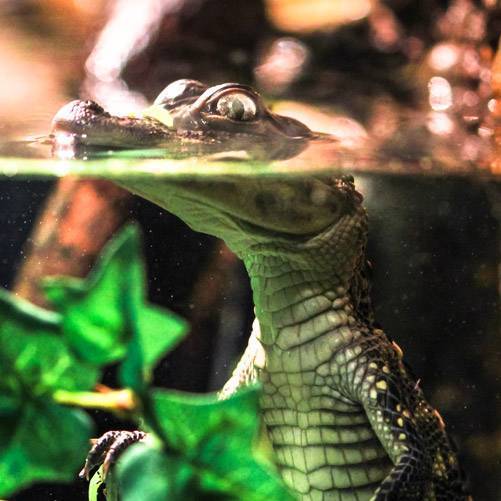Curiosities About Blue Crabs
The blue crab, scientifically known as Callinectes sapidus, is an ecologically and gastronomically important marine species found along the western coasts of the Atlantic Ocean, the waters of the Gulf of Mexico and the Aegean and Mediterranean coasts. Mavi yengeçler, benzersiz renkleri ve lezzetli etleriyle tanınır.
Physical characteristics of Blue Crabs
- Blue Shell Blue crabs are known for their bright blue shells, from which they get their name. This blue color, which is observed especially in males, can be paler and greenish in females.
- Big Claws Blue crabs have large, powerful claws. Males usually have one claw larger than the other and are bright blue in color.
- Average Size: Blue crabs can usually grow between 15 and 23 cm in shell width.
- Life Span: The average lifespan of blue crabs is about 3 years, but this can vary depending on environmental conditions and hunting pressure.
Natural Habitats of Blue Crabs
- They live in coastal waters: Blue crabs live mainly in coastal waters and estuaries (river mouths). Muddy and sandy bottoms are ideal habitats for this species.
- Food Chain and Ecosystem: Blue crabs have an important role in the food chain. They provide balance in the ecosystem as both predator and prey.
How Blue Crabs Feed
Blue crabs are omnivores and their food sources are very diverse. Their diet varies depending on the food sources available. The main food items cover a wide range of small fish, other crustaceans, crabs, worms, plant material and organic waste.
How Blue Crabs are Hunted
Blue crabs actively search for their prey and catch them when they find them. They use their powerful claws to quickly grab and tear their prey apart. Sometimes, they wait patiently to ambush their prey. They sneak up on their prey and attack with a sudden movement.
After catching their prey, blue crabs slowly tear them apart and bring them to their mouths. Their powerful jaws are essential for effectively breaking down and digesting food. Large and powerful claws are used to pinch and crush prey. These claws give blue crabs the ability to effectively process their prey.
The Role of Blue Crabs in the Ecosystem
The feeding habits of blue crabs play an important role in food chains in coastal ecosystems. They maintain the balance in the ecosystem with the creatures they hunt and eat. Blue crabs contribute to the conservation of biodiversity by keeping the populations of other crab species and crustaceans under control.
How Blue Crabs Reproduce
Blue crabs breed in spring and summer. Before the breeding season, females migrate to open seas with higher salinity. Female blue crabs can produce millions of eggs. The eggs are carried on the abdomen and, once mature, are released into the sea. The hatching larvae live as plankton for several weeks and molt several times to become adults.
Are Blue Crabs Endangered?
Overfishing and coastal development are among the major threats to blue crab populations. Management strategies such as catch quotas and seasonal catch restrictions are implemented to protect blue crab populations.
Blue crab is an important member of ocean ecosystems due to its delicious meat and ecological importance. Conservation of this species is crucial for the health of coastal ecosystems and sustainable fishing practices.
Emaar Aquarium and Underwater Zoo is home to many animal species, especially many fish species. You can see this special creature in the underwater world at Emaar Aquarium in Istanbul.




